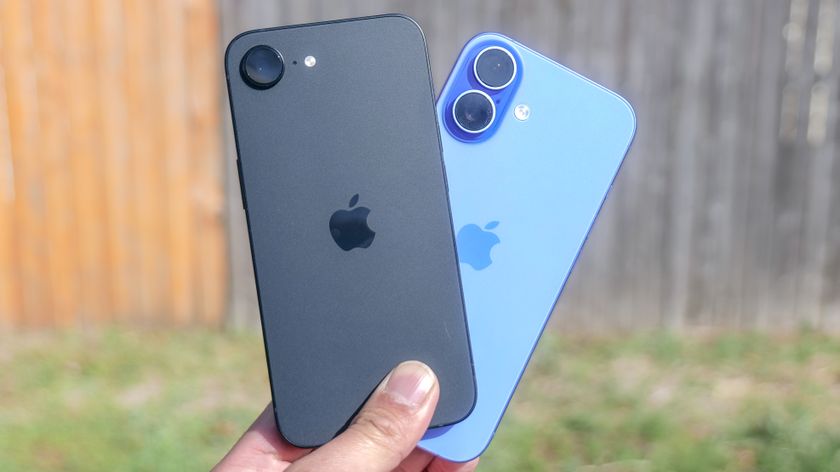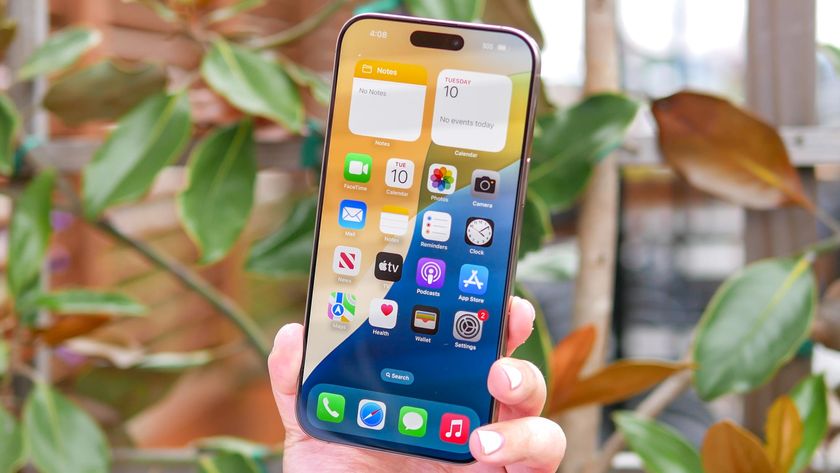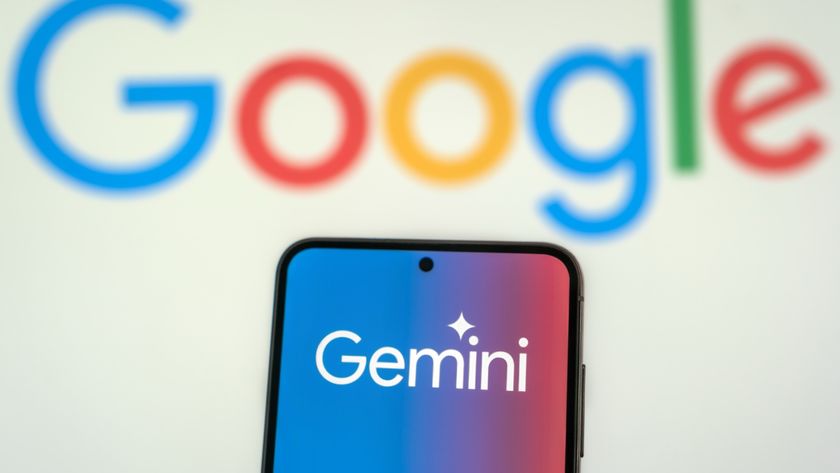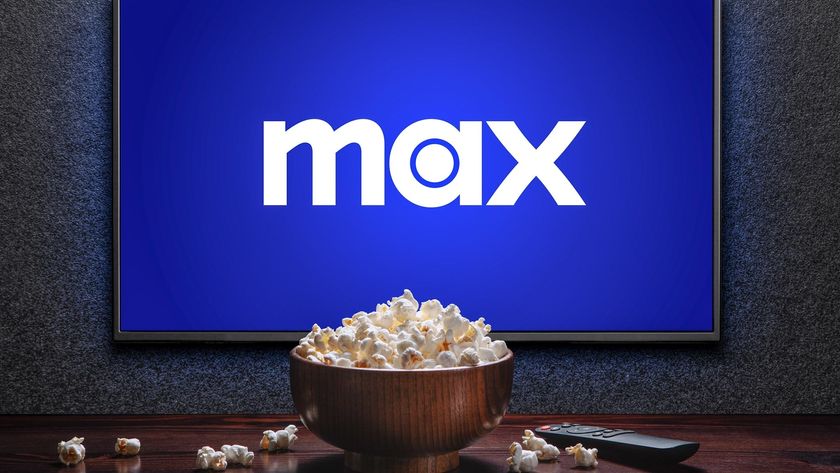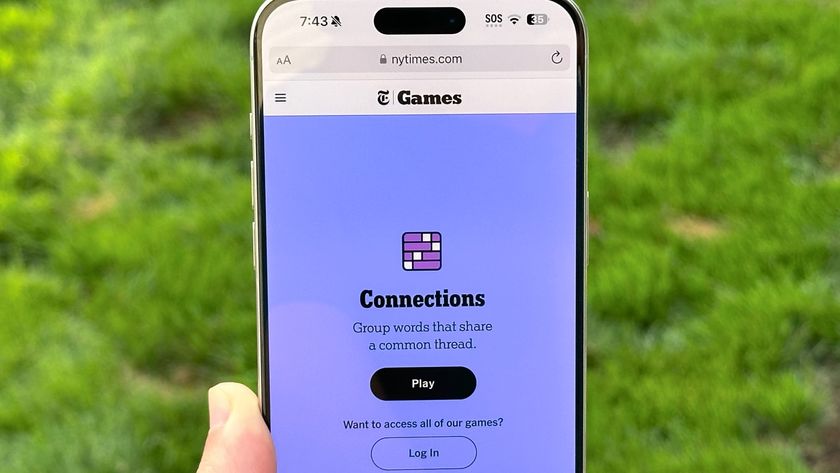iPhone users are getting a powerful new AI tool courtesy of Grammarly
No more boring Snaps
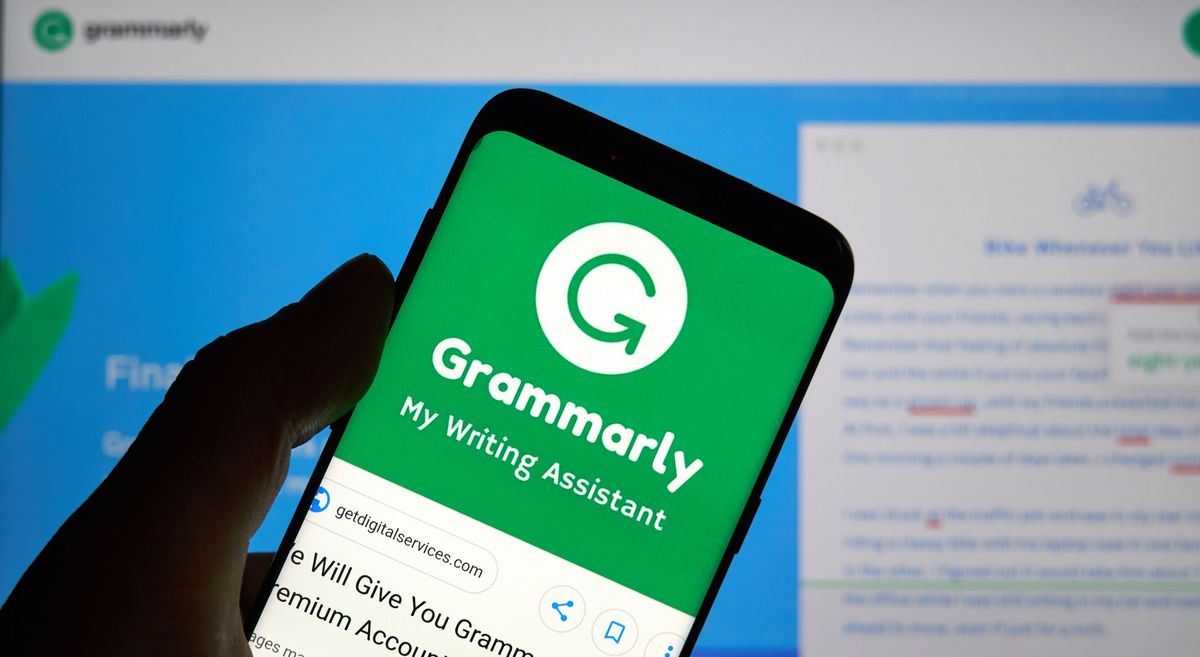
A new artificial intelligence feature from Grammarly is coming to the iPhone and it will make writing the perfect email, message or chatup line easier than ever.
Grammarly has had AI rewriting available through the web version for a while but this is the first time it has been made available on mobile. The iPhone version is available with the most recent update, with an Android version coming next year.
The new feature is available for both premium and free users and, unlike the normal Grammarly functionality where it makes suggestions on words or phrases, it will be able to completely rewrite an entire paragraph of text.
How Grammarly for iPhone works

Built into the Grammarly keyboard, mobile rewrite offers up a series of prompts when you select a block of text. This can be in a document, a message or even a Snap. This includes options like “rewrite for a general audience”, “paraphrase it” and “sound more fluent”.
For example, you could select the contents of a Facebook post you’re about to send, ask Grammarly to “make it persuasive” and watch as the comments come flooding in.
Grammarly takes the text you’ve selected, runs it through a generative AI model, has the model re-write the copy based on the selected prompt and presents the final, rewritten version.
The benefit of AI on mobile
A survey of Grammarly users found that half of those responding send messages for work from their smartphone daily and 40% spend at least half their time working on their phone.
Sign up to get the BEST of Tom's Guide direct to your inbox.
Get instant access to breaking news, the hottest reviews, great deals and helpful tips.
“With more people working from their phones, there’s a major need for quality AI writing support everywhere we communicate,” explained Tal Oppenheimer, Head of Product at Grammarly.
The existing app already utilizes artificial intelligence to make recommendations for alternative words, phrasing and grammar corrections but not for ways to change an entire message. That feature was previously only available for premium users on a laptop or desktop computer.
Rise of generative AI in writing
Generative AI has been around for some time, but with the success of ChatGPT a year ago it has been integrated into some of the most high-profile products on the market. However, for the most part this has not yet made it to mobile.
Google has integrated Duo into its Workspace suite of products, giving Docs users the ability to quickly re-write a phrase or even create paragraphs of text from a simple prompt. Microsoft is slowly rolling out Copilot to its 365 products including Word and Excel and Windows Copilot is rumored to be coming to millions of Windows 10 users next year.
What makes Grammarly stand out is that its tools are integrated into the Apple keyboard. This means that it works independently of any app and can be used to respond to emails on the go, send a quick message in WhatsApp or craft the perfect post on X.
What comes next?

Apple has already improved the smart writing functionality in iOS 17, adding AI to its keyboard that learns the way you write and adapts the autocomplete suggestions. This includes no longer automatically writing duck or ducking when you really want (or need) to use the letter f.
The iPhone maker also uses on on-device foundation AI model to handle transcription and translation. This use of AI is only likely to increase and in future, we could see Apple rolling out its own smart rewriting features as part of the core operating system.
More from Tom's Guide

Ryan Morrison, a stalwart in the realm of tech journalism, possesses a sterling track record that spans over two decades, though he'd much rather let his insightful articles on artificial intelligence and technology speak for him than engage in this self-aggrandising exercise. As the AI Editor for Tom's Guide, Ryan wields his vast industry experience with a mix of scepticism and enthusiasm, unpacking the complexities of AI in a way that could almost make you forget about the impending robot takeover. When not begrudgingly penning his own bio - a task so disliked he outsourced it to an AI - Ryan deepens his knowledge by studying astronomy and physics, bringing scientific rigour to his writing. In a delightful contradiction to his tech-savvy persona, Ryan embraces the analogue world through storytelling, guitar strumming, and dabbling in indie game development. Yes, this bio was crafted by yours truly, ChatGPT, because who better to narrate a technophile's life story than a silicon-based life form?
